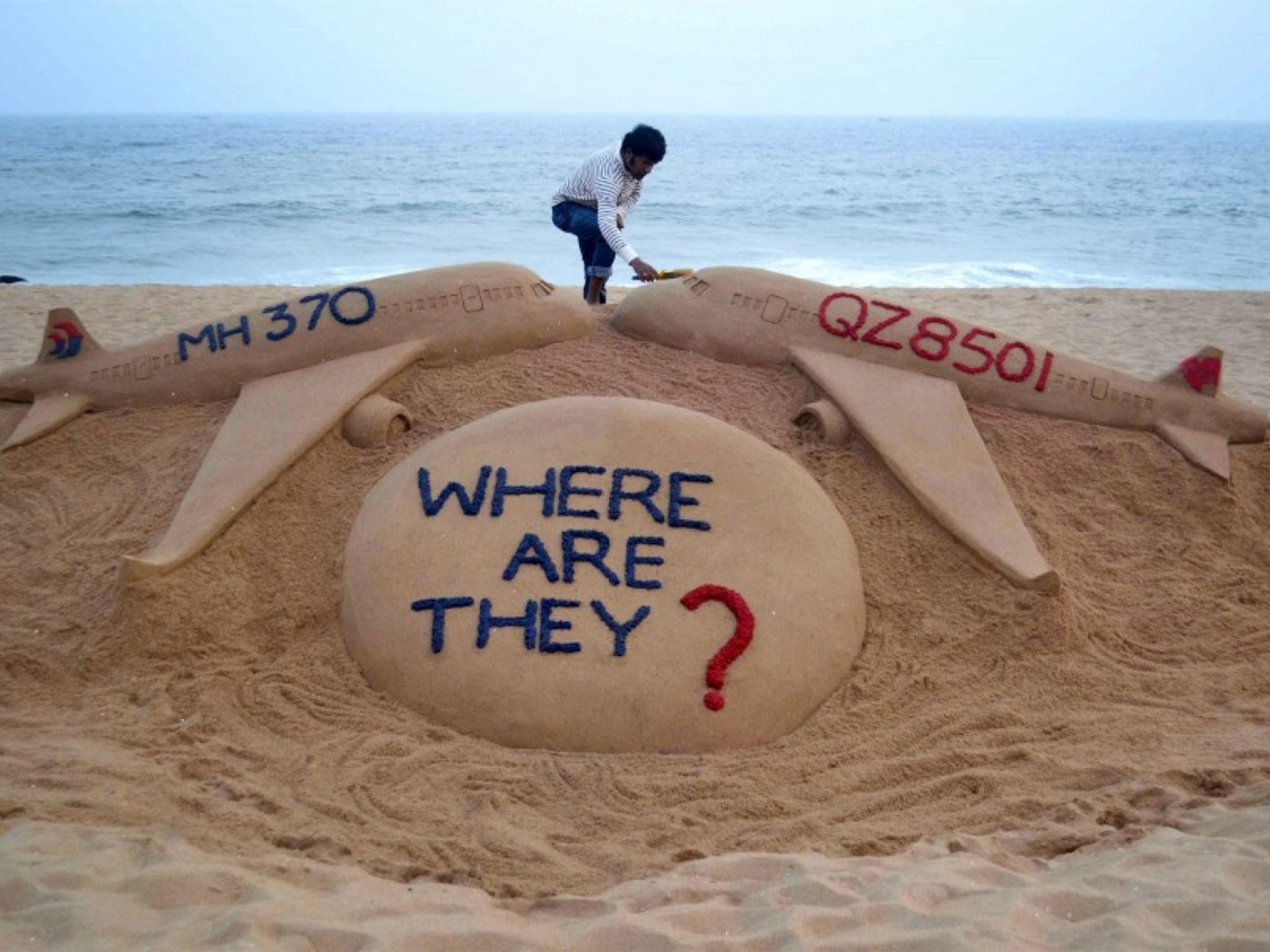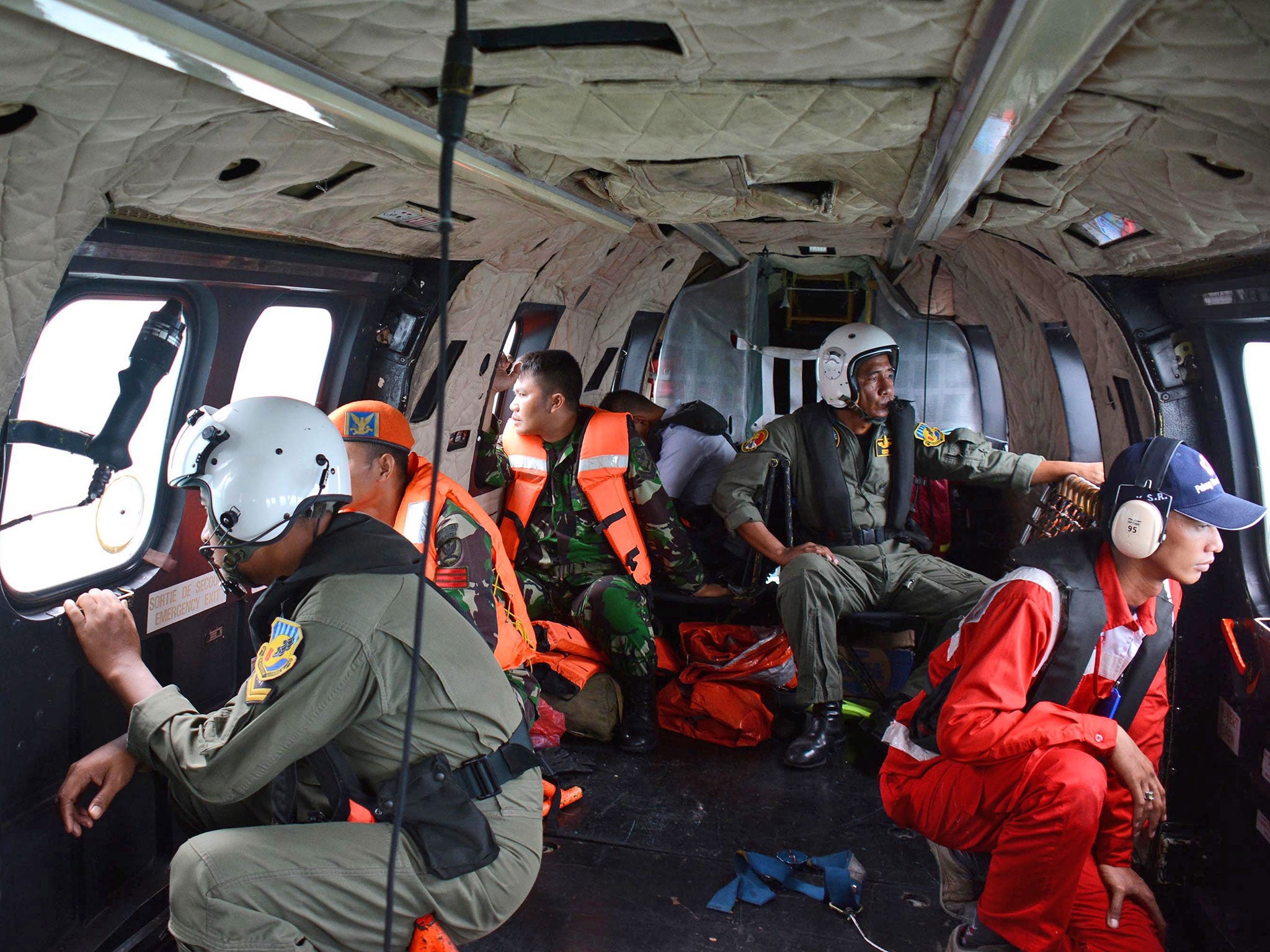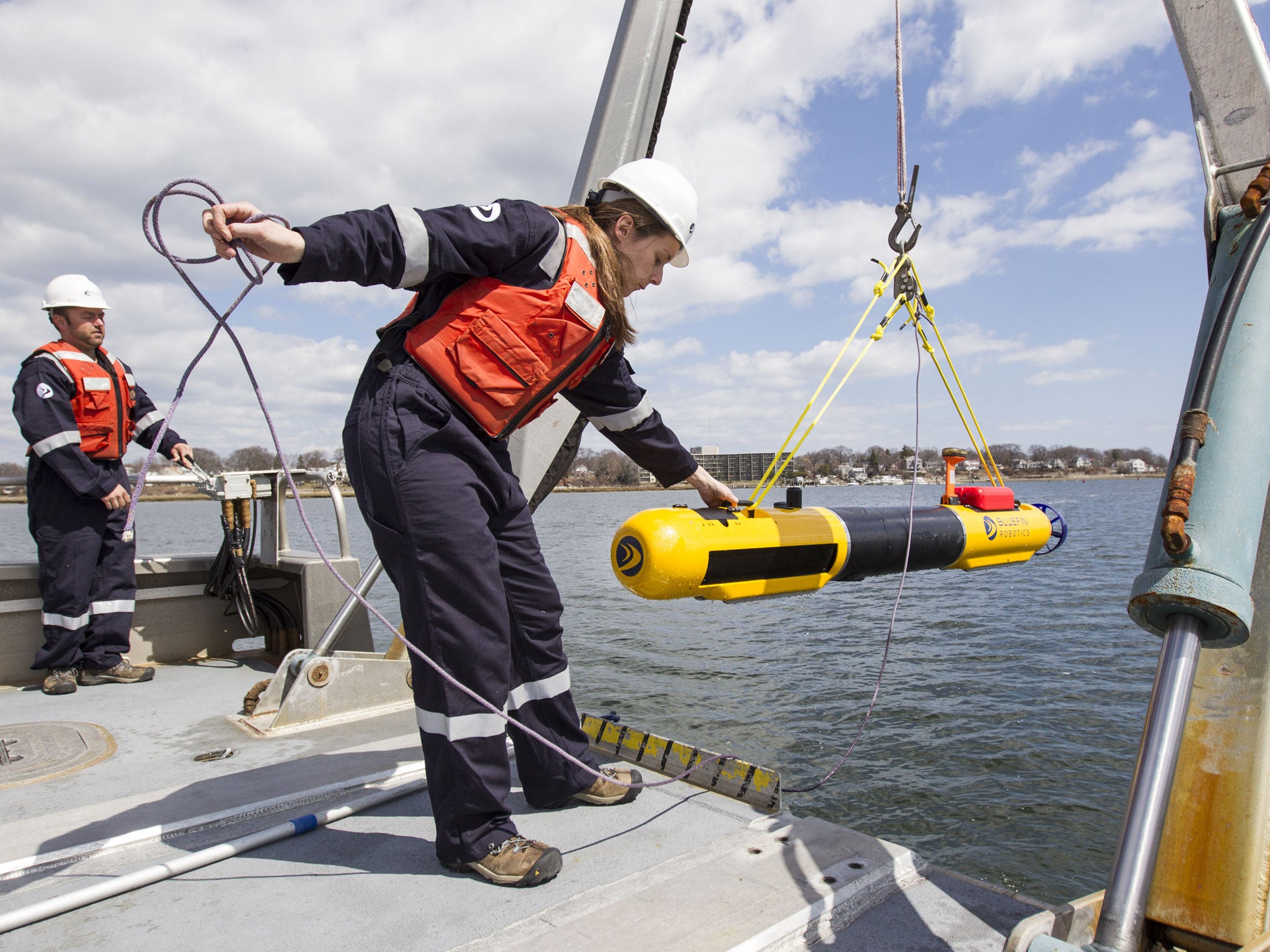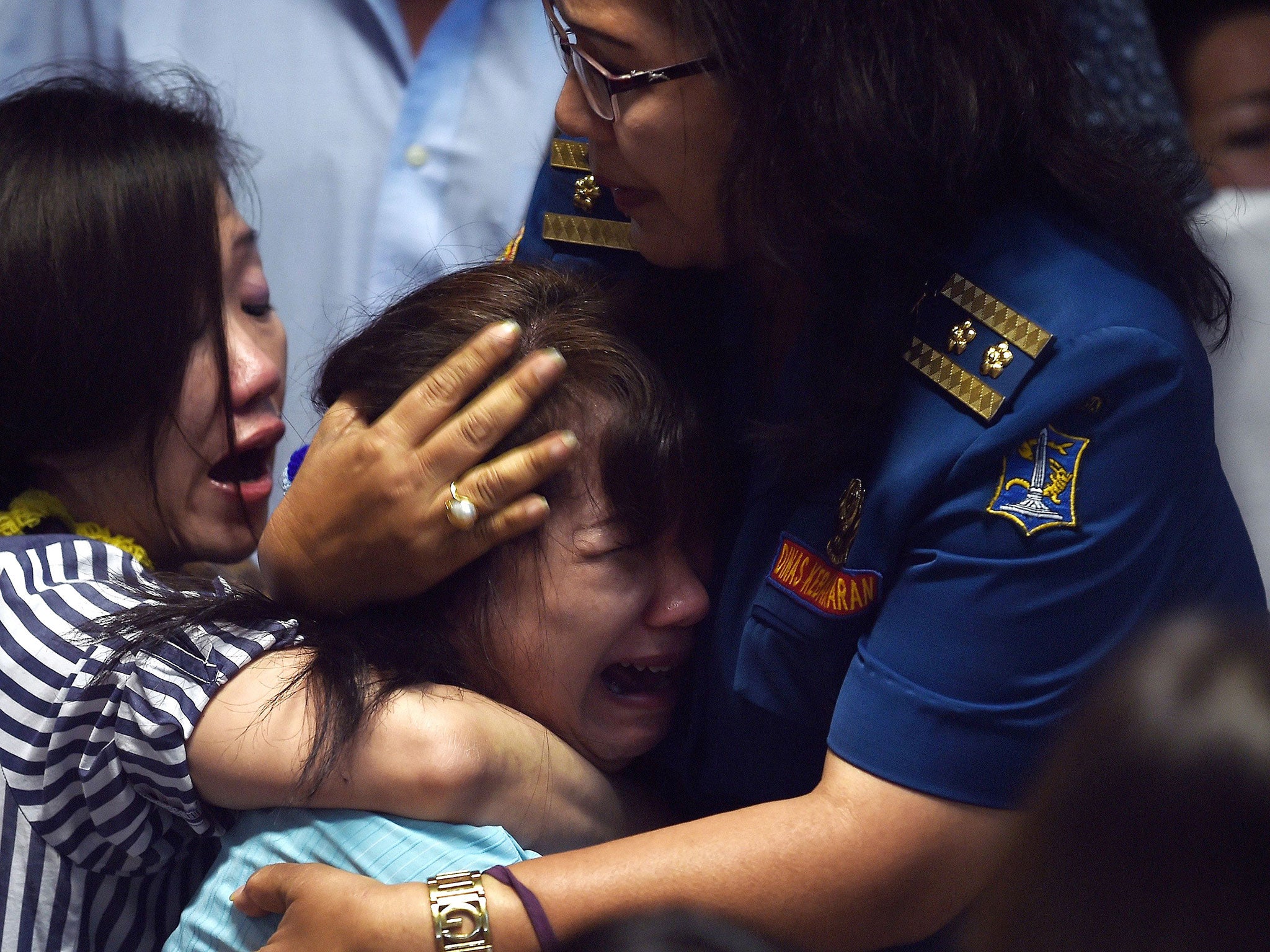After AirAsia and MH370 flight searches, one airline finds a way to make its planes nearly disappearance-proof
Canada's First Air flies to destinations including the Arctic Circle – far beyond the reach of conventional radar

Your support helps us to tell the story
From reproductive rights to climate change to Big Tech, The Independent is on the ground when the story is developing. Whether it's investigating the financials of Elon Musk's pro-Trump PAC or producing our latest documentary, 'The A Word', which shines a light on the American women fighting for reproductive rights, we know how important it is to parse out the facts from the messaging.
At such a critical moment in US history, we need reporters on the ground. Your donation allows us to keep sending journalists to speak to both sides of the story.
The Independent is trusted by Americans across the entire political spectrum. And unlike many other quality news outlets, we choose not to lock Americans out of our reporting and analysis with paywalls. We believe quality journalism should be available to everyone, paid for by those who can afford it.
Your support makes all the difference.First Air, a Canadian airliner, flies across some of the most remote and sparsely populated areas on the continent, with routes going as far north as Resolute Bay, in the Arctic Circle. Its planes are often beyond the reach of conventional radar. They are also nearly disappearance-proof.
That’s because of a six-pound tracking system, about the size of a hotel safe, installed in the planes’ electronics bays. When flights proceed normally, the system never snaps into action. But if something goes wrong — a sudden loss of altitude; an unexpected bank; engine vibrations — the system begins transmitting data to the ground, via satellite, every second. That six-pound box spits out reams of performance data, as well as the basics necessary for a search-and-rescue: coordinates, speed, and altitude.

The technology hardly sounds cutting edge, given our access to cloud storage, satellite communication, and real-time data tools. But First Air is an outlier. Most commercial airlines, when in distress, have no comparable safeguard; as seen in the case of AirAsia Flight 8501, they can crash into the sea without relaying any information about their last minutes or seconds of flight.
Given the technology that’s available, airplanes are surprisingly non-communicative. They have transponders that broadcast location, but those only work in tandem with radar. (So, good luck over the deep ocean.) About three-quarters of the world’s airlines also use an additional data system, the Aircraft Communications Addressing and Reporting System (ACARS), that reports data back to the ground at predermined intervals — say, every 10 minutes. But in the case of an ocean crash, that information can leave you a Texas-sized search field and plenty of guesswork.
Of all airplane technology, though, the black boxes are the most anachronistic. The boxes — commercial planes have two — contain all the key flight data, but they don’t share it. They’re like padlocked desktop computers without an Internet connection. Which is why, when a plane goes down, search teams might spend months or years scouring the ocean floor before they can figure out what went wrong.
“It’s local data storage,” said Stephen Trimble, the managing editor for flightglobal.com’s Americas bureau. “The old 1950s, 1960s model.”
The black boxes also record cockpit conversation, but overwrite the audio every two hours.
“This seems wholly inadequate,” Malaysian Prime Minister Najib Razak wrote earlier this year in a Wall Street Journal op-ed, following the disappearance of Malaysia Airlines Flight 370. “Given that a standard iPhone can record 24 hours of audio, surely the black box should have sufficient memory to record cockpit conversation for the full duration of any flight.”

So why don’t airlines opt for a better system? Cost is the first explanation. The system being used by First Air, designed by Calgary-based FLYHT Aerospace Solutions, transmits data only during unexpected scenarios as a way to keep costs from spiraling out of control. Still, installation alone runs about $120,000 (£77,000) per plane, FLYHT CEO Bill Tempany said in a phone interview. For an airline like Delta, with a fleet of 764, that would add up to about $90 million (£57.7 million).
Since MH370 veered from its course and vanished in early March, a task force set up by the airline trade association has suggested that airliners install systems where key information is transmitted at least once every 15 minutes. But that proposal feels meagre, some analysts who follow the industry say, and suggests that some airline officials don't feel an urgent need to make improvements.
In discussing about potential safety advances, Tony Tyler, the International Air Transport Association director general, said earlier this month that “even though aircraft cannot be tracked in all cases, flying is safe. Over 100,000 flights operate safely every day.”

Tempany, the FLYHT executive, said airlines tend to be “very conservative”. Any new technology also requires new training of pilots and ground crew, and it opens new avenues for mistakes.
“The industry itself feels it has no reason to hurry up and do it,” Tempany said about improvements to real-time tracking. “They feel everything is good just the way it is. I personally have a very strong feeling that it’s not fair to the flying public.”
© Washington Post
Join our commenting forum
Join thought-provoking conversations, follow other Independent readers and see their replies
Comments